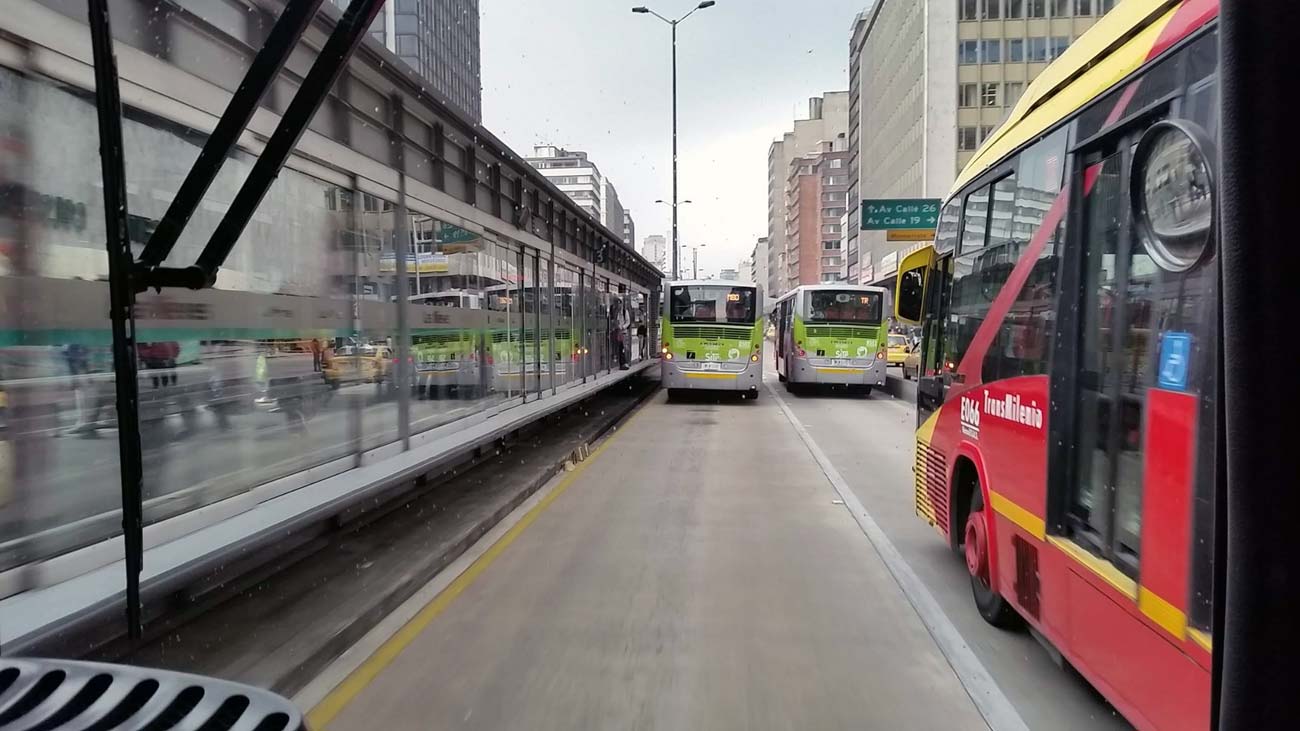[dropcap]I[/dropcap]t’s about to get more expensive to move around Bogotá. On Wednesday, TransMilenio and Bogotá Mayor Enrique Peñalosa announced that fares for the city’s buses will increase by $200 pesos starting Feb. 3.
The cost to ride TransMilenio will jump to $2,000 pesos from $1,800 and the Integrated Public Transportation System (SITP) buses will begin charging $1,700 instead of $1,500.
Mayor Peñalosa’s administration explained that the increases were needed to cover a large operational deficit in the capital’s public transportation system. Higher fares will also help expand SITP routes and improve security in the system, according to the District Mobility Secretary’s office.
City administrators authorize an annual fare increase in order to keep up with inflation and help expand and maintain TransMilenio and the SITP.
But under former Mayor Gustavo Petro, the city chose not to hike fares. Instead, Petro’s administration lowered the price of a TransMilenio ride slightly in 2012 and implemented a two-tiered fare system for peak and off hours.
Petro reversed both decisions just before the end of his term as mayor.
Public transportation in Bogotá has been operating at a substantial deficit for years, according to the Secretary of Mobility, costing the city’s government hundreds of millions of pesos per year on top of already budgeted funds and revenue collected from passengers.
“Between 2012 and 2015, the Secretary of the Treasury was forced to provide $1.9 billion pesos to financially sustain the SITP, taking money away from the budget for other areas like health and education,” reads a statement from the District Secretary of Mobility released Wednesday.
Peñalosa also argued that higher fares would allow the SITP to serve more passengers in neighborhoods with poor coverage.
TransMilenio, one of the world’s largest bus rapid transit systems, transports well over 2 million people each day.
Since the first line opened at the end of Mayor Peñalosa’s first term in office in 2001, the system has expanded to cover much of the city. Peñalosa has said he plans to add more lines and repair damaged infrastructure to help the system run more smoothly and accommodate its massive demand more efficiently.
Adding to TransMilenio’s financial woes, city officials estimate that between 10 and 15 percent of passengers hop into bus stations from the street to avoid paying fares. Reducing that rate is one of the mayor’s priorities for transportation during the first few weeks in office.

